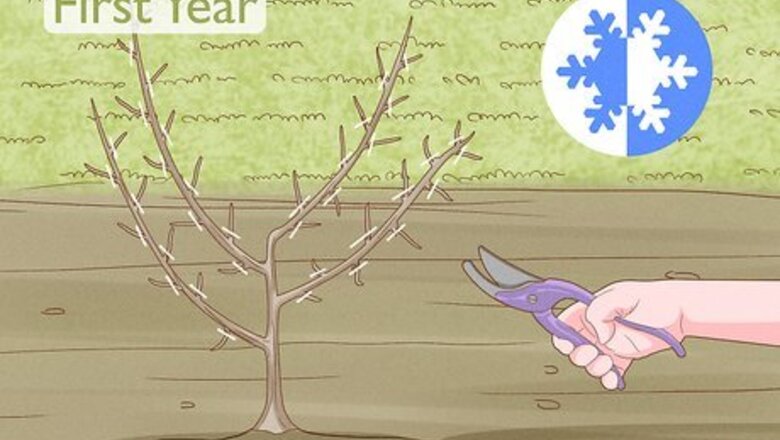
views
Knowing When and How to Prune
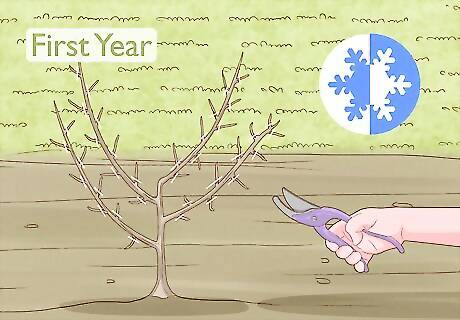
Begin pruning in late winter or early spring the first year after planting. Select about five main stems angled away from the center to keep, removing the others from the base. With a good pair of pruning shears angled at about 45 degrees, clip the side shoots of the remaining stems to about 15 to 20 centimetres (5.9 to 7.9 in), just above a bud.
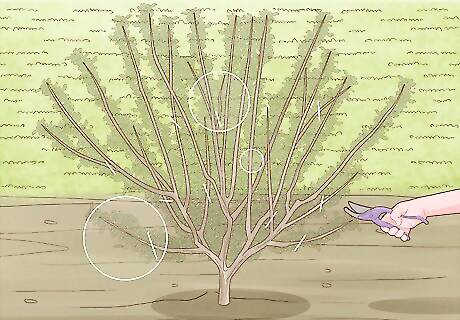
Prune selectively until the bush reaches maturity. Half of the new growth (marked by lighter-colored shoots) of the main stems should be trimmed the first two years after planting. By the third year after planting, the bush will have established its core framework with an even distribution of stems aged between 1 and 3 years. As the plant ages, you'll want to cut away stems more than 3 years old each year. Remove any shoots leading to the center of the plant and shorten any crossing or downward-facing leaders to about 5 to 8 centimetres (2.0 to 3.1 in).
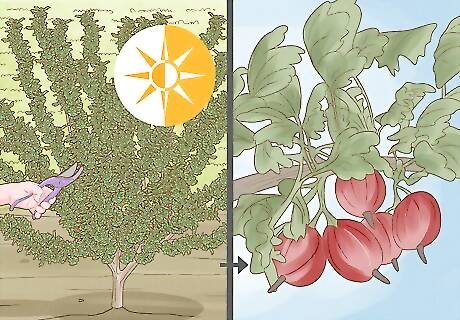
Prune in summer to let light in the center for quicker fruit ripening. Summer pruning is not as important as winter pruning, but by cutting side shoots back to about five leaves you’ll open the plant up to more light for quicker ripening.

Prune in winter to encourage good growth in spring and summer. The best time to prune a mature gooseberry bush is in late winter or early spring when the plant is dormant, just before the vigorous growth of spring when healing will be quick. You may wish to delay pruning until after the buds open, because the thorny thicket of an unpruned bush will be more of a deterrent to birds that feed on buds. Prune hard where the bush is growing weakest; it will respond in the spring and summer with stronger growth. You may wish to wear gloves to protect yourself from the plant’s vicious thorns! Regular pruning shears are sufficient for most gooseberry pruning, but you may need a pair of loppers for old wood and larger, mature branches.
Pruning Branches That May Damage the Plant
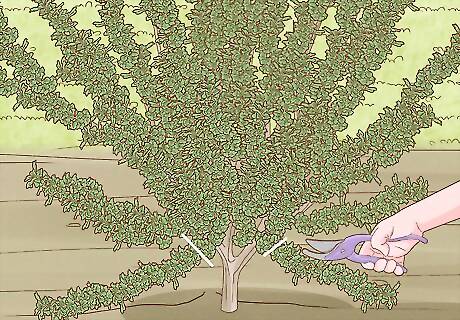
Get rid of branches low to the ground. Low branches will grow into the mulch, where they may become entangled in weeds or leave fruit to rot. Low branches may also pick up splash from the soil when it rains, which can lead to fungal diseases.
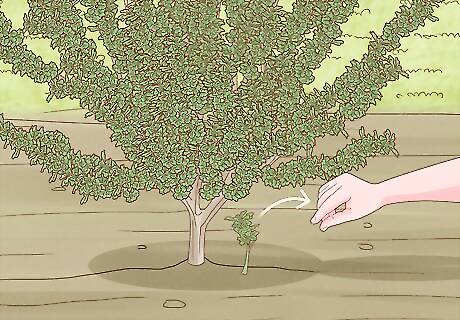
Remove suckers. These are the upright shoots which grow out of the soil near the main stem. Suckers are best removed by pulling in summer, when they’re soft, but if you miss any you can cut them to the ground during winter pruning.
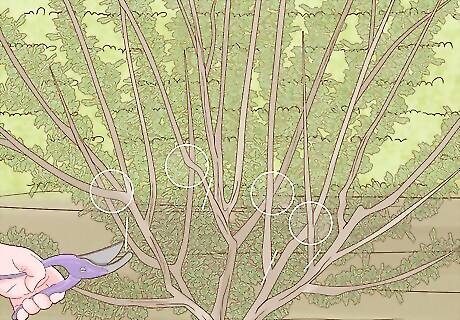
Prune out crossing branches. Branches that rub together may lead to cankers and diseases, and lower branches will be deprived of sufficient sunlight. Usually it’s best to remove the lower branch or the older of the two crossing branches.
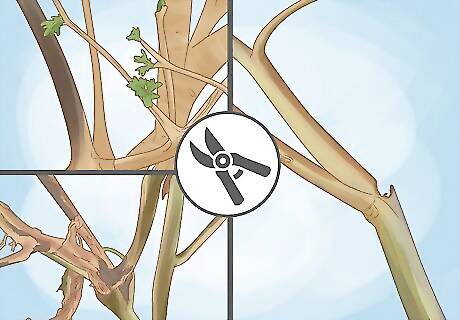
Prune any dead, damaged, or diseased branches. Diseases such as coral spot, which can be identified by coral-pink pustules on weak branches, must be nipped in the bud, as it were. Remove diseased or damaged branches at the point where they meet their parent branch. Diseased wood is marked by broken bark and rough, raised areas. Sterilize your pruning shears if you have been cutting diseased wood to avoid infecting other plants. Dead wood is brittle and has no buds. Damaged branches are missing bark where they have rubbed other branches.
Pruning to Improve Gooseberry Productivity

Prune out any branches that are more than 3 years old. The best fruit comes from branches that are 2 and 3 years old, and therefore older branches should be cut to renew the plant. Older branches are thicker, darker in color, and may have slightly peeling bark. Gooseberry is typically grown as a “stool,” a bunch of stems arising from the ground, with old shoots regularly cut to the base.
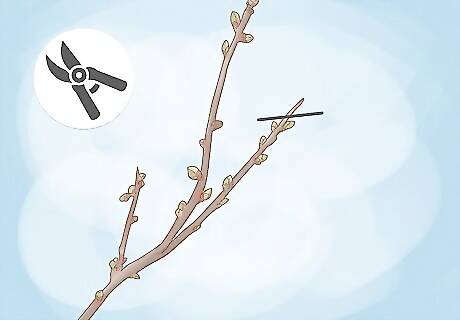
Reduce side shoots to 2 or 3 buds to maximize fruit production. Because the gooseberry produces fruit at the base of the previous year’s side shoots, or on spurs on old wood or a main branch, it’s best to trim the shoots to two or three buds to maximize the plant’s energy directed to these buds. Make the cut above the bud at a slant to channel water away and avoid rotting the bud. Don’t cut too close to the bud, or it may die. Trim the side shoot to 2 buds if you want larger berries.
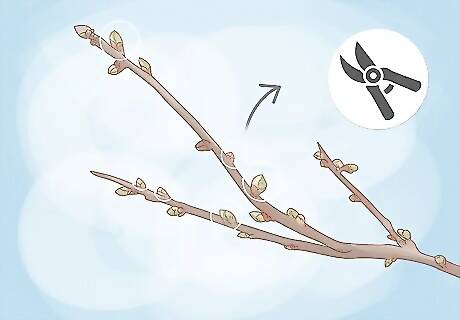
Prune to a bud that faces upwards. An upward-facing bud will help the plant grow up toward sunlight before the weight of the fruit begins to pull it down. The natural tendency of the gooseberry is to be a bit sprawling and droopy; you want to counteract that. Cutting vertical growth will promote lateral growth.

Prune in a “goblet” shape to keep the center of the bush open. A gooseberry that is open at the center, in the shape of a goblet or bowl, will be well exposed to light and air, less vulnerable to mildew and nesting pests, and easy to pick. Beware, an unpruned, tangled gooseberry bush is the perfect nesting place for pesky sawfly and caterpillars!



















Comments
0 comment